In a world dominated by convenience foods and pre-packaged meals, cooking without processed ingredients represents a return to culinary traditions that prioritize health, flavor, and sustainability. This approach to food preparation isn’t just about eliminating certain items from your kitchen—it’s about embracing a holistic relationship with what we eat, understanding where our food comes from, and rediscovering the joy of creating meals from scratch.
As processed foods continue to be linked to various health concerns, more people are seeking alternatives that nourish both body and soul. This guide explores how to transition to cooking with whole, unprocessed ingredients, offering practical advice for making this lifestyle change accessible and enjoyable.
Understanding Processed vs. Whole Foods
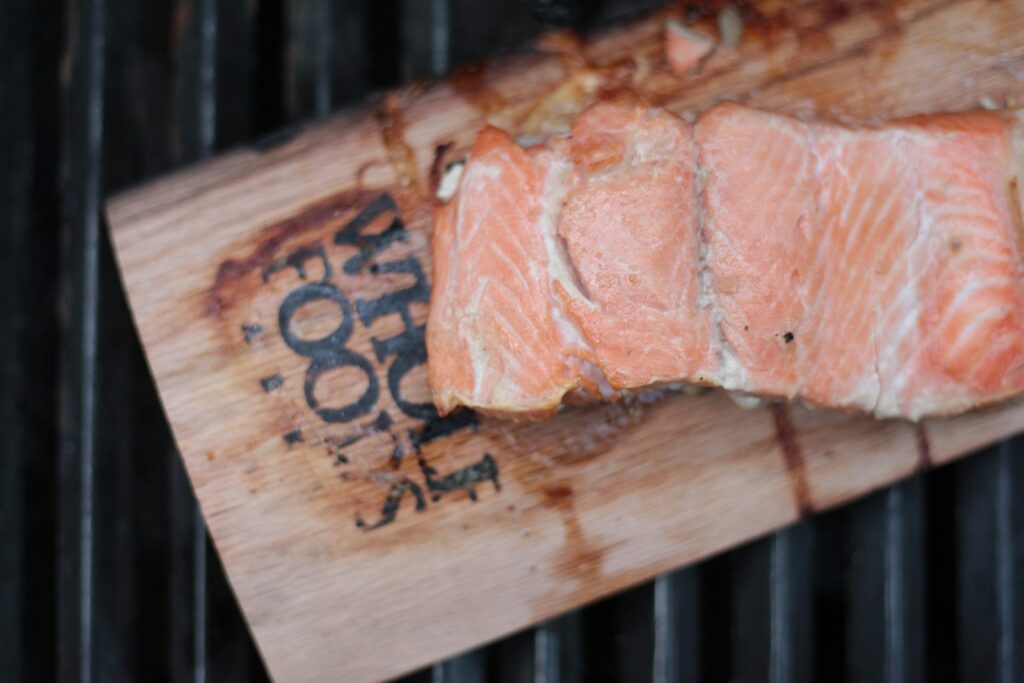
Processed foods exist on a spectrum, ranging from minimally altered items like washed and packaged vegetables to heavily processed products containing numerous additives, preservatives, and artificial ingredients. The key distinction lies in the degree of alteration from the food’s natural state and the addition of substances that wouldn’t typically be used in home cooking. Whole foods, by contrast, remain largely in their natural form or have undergone minimal processing necessary for consumption, such as dried beans or milled whole grains.
Understanding this distinction helps consumers make informed choices about the ingredients they purchase and use. When shopping, a helpful rule of thumb is to consider whether your great-grandmother would recognize an item as food—if not, it likely falls on the heavily processed end of the spectrum.
The Health Benefits of Unprocessed Cooking
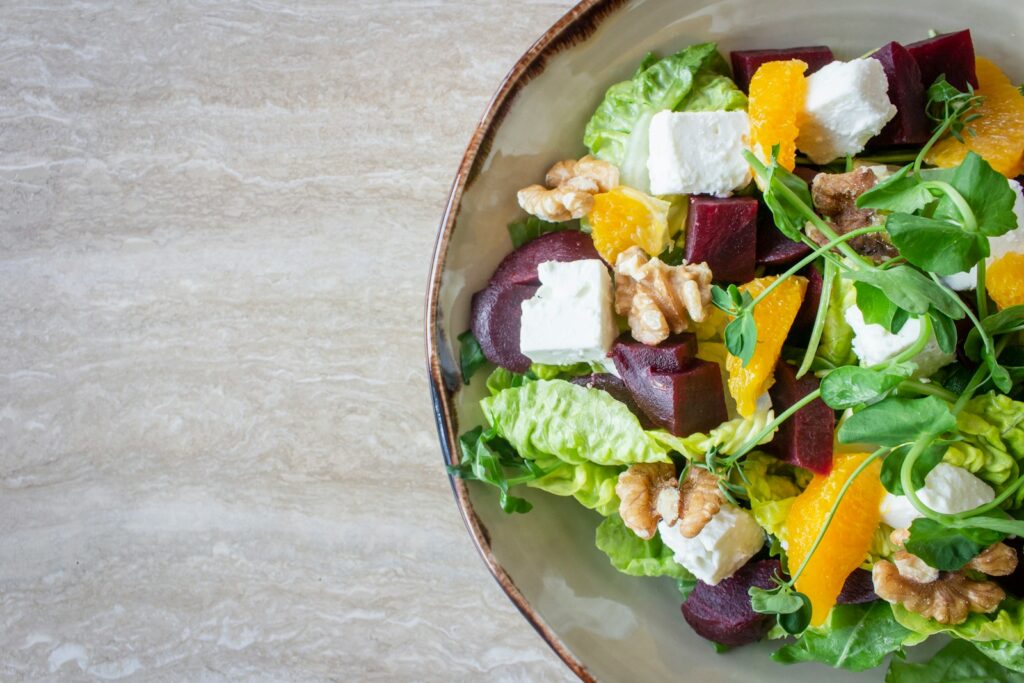
Cooking with whole, unprocessed ingredients offers numerous health advantages that can significantly impact wellbeing over time. By eliminating heavily processed foods, you naturally reduce consumption of sodium, refined sugars, unhealthy fats, and artificial additives that have been linked to inflammation, weight gain, and chronic diseases. Whole foods typically contain higher levels of essential nutrients, including vitamins, minerals, fiber, and beneficial plant compounds that support overall health.
Research suggests that diets centered around unprocessed ingredients may reduce the risk of heart disease, type 2 diabetes, and certain cancers. Additionally, many people report improved digestion, more stable energy levels, better sleep quality, and enhanced mental clarity when they transition away from processed foods—benefits that extend well beyond simple nutrition.
Building a Whole Foods Pantry
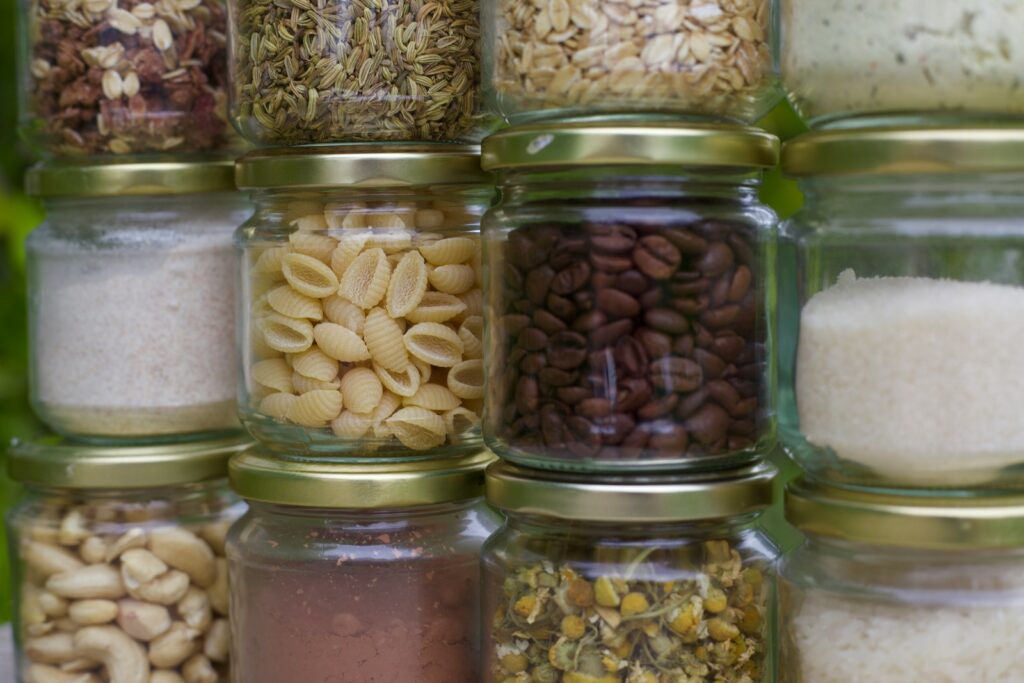
Creating a pantry stocked with unprocessed ingredients forms the foundation for sustainable whole foods cooking. Begin by gradually replacing processed staples with whole alternatives: swap white flour for whole grain varieties, refined sugar for natural sweeteners like honey or maple syrup, and processed oils for cold-pressed options. Essential pantry items should include a variety of dried legumes (beans, lentils, chickpeas), whole grains (brown rice, quinoa, oats, barley), nuts, seeds, and dried fruits.
Invest in quality herbs and spices, which add tremendous flavor without additives—cumin, turmeric, cinnamon, rosemary, and thyme are versatile starting points. Storage considerations become particularly important when working with whole foods; airtight containers protect ingredients from moisture and pests, while keeping them easily accessible and visible encourages their regular use in meal preparation.
Seasonal Shopping Strategies
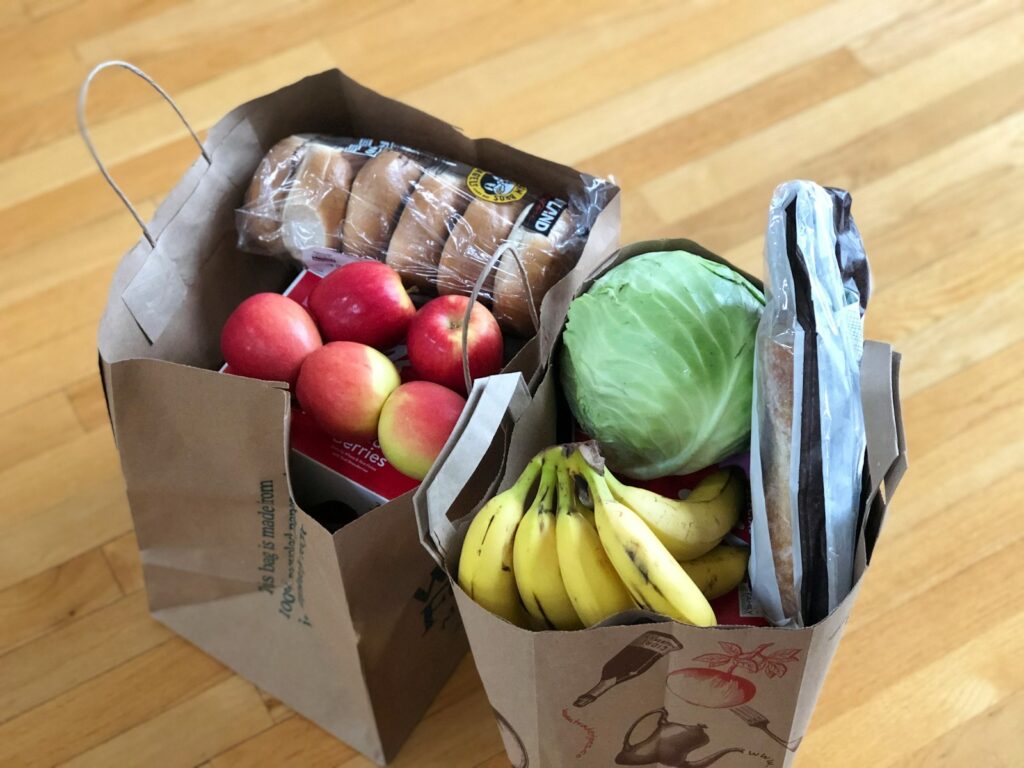
Shopping seasonally stands as one of the most effective approaches to obtaining fresh, unprocessed ingredients at their nutritional peak. Farmers’ markets offer direct access to locally grown produce, often harvested just hours before sale, providing maximum flavor and nutritional value without the preservatives needed for long-distance shipping. Building relationships with local farmers can yield insights into growing practices, specialty varieties, and even bulk purchasing opportunities.
Community Supported Agriculture (CSA) subscriptions present another excellent option, providing regular deliveries of seasonal produce directly from farms to consumers. When shopping at conventional grocery stores, focusing on the perimeter—where fresh produce, meats, and dairy are typically located—helps avoid the heavily processed items concentrated in center aisles. Learning your region’s growing calendar allows you to anticipate seasonal availability, plan meals accordingly, and potentially preserve abundant items for use throughout the year.
Making Staples From Scratch

Many everyday kitchen staples that are typically purchased in processed form can be easily made at home with minimal ingredients and equipment. Homemade broths and stocks, created from vegetable scraps, bones, and herbs, provide flavorful cooking bases without the excessive sodium and additives found in commercial varieties. Basic bread requires only flour, water, salt, and yeast (or sourdough starter), yielding loaves free from the preservatives, dough conditioners, and sugar found in most store-bought versions.
Yogurt can be prepared by simply introducing beneficial bacteria to warmed milk and allowing fermentation—resulting in a protein-rich food without added stabilizers or sweeteners. Even condiments like mayonnaise, ketchup, and salad dressings become simple assemblies of whole ingredients when made at home, offering customizable flavors without the corn syrup, stabilizers, and artificial colors commonly found in commercial products.
Meal Planning for Unprocessed Eating
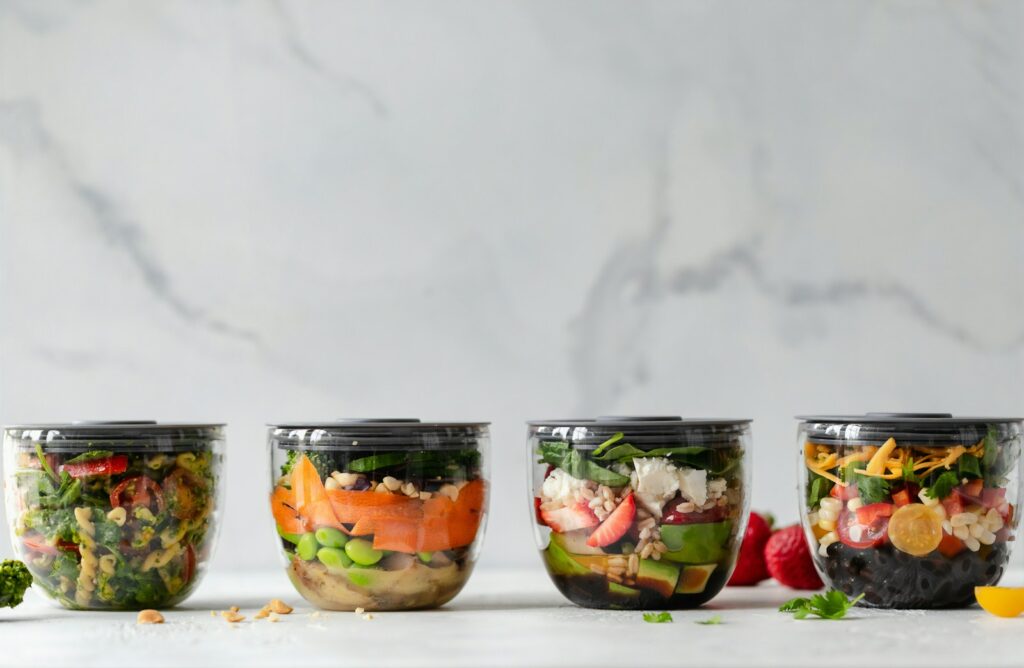
Effective meal planning becomes particularly valuable when cooking without processed ingredients, as it maximizes efficiency and minimizes food waste. Begin by assessing your schedule for the coming week, identifying nights when you’ll have time for more involved cooking versus evenings requiring quick meals. Build your meal plan around seasonal produce, incorporating a variety of proteins, healthy fats, and complex carbohydrates for balanced nutrition.
The concept of component cooking—preparing versatile elements like roasted vegetables, cooked grains, and protein sources that can be combined in different ways throughout the week—offers flexibility while maintaining whole-food principles. Batch cooking and thoughtful freezing of unprocessed meals or components provides convenient options for busy days without resorting to processed alternatives. Remember that successful meal planning is highly personal; some people prefer detailed daily plans, while others benefit from a more flexible framework that allows for creativity based on available ingredients.
Time-Saving Techniques and Tools
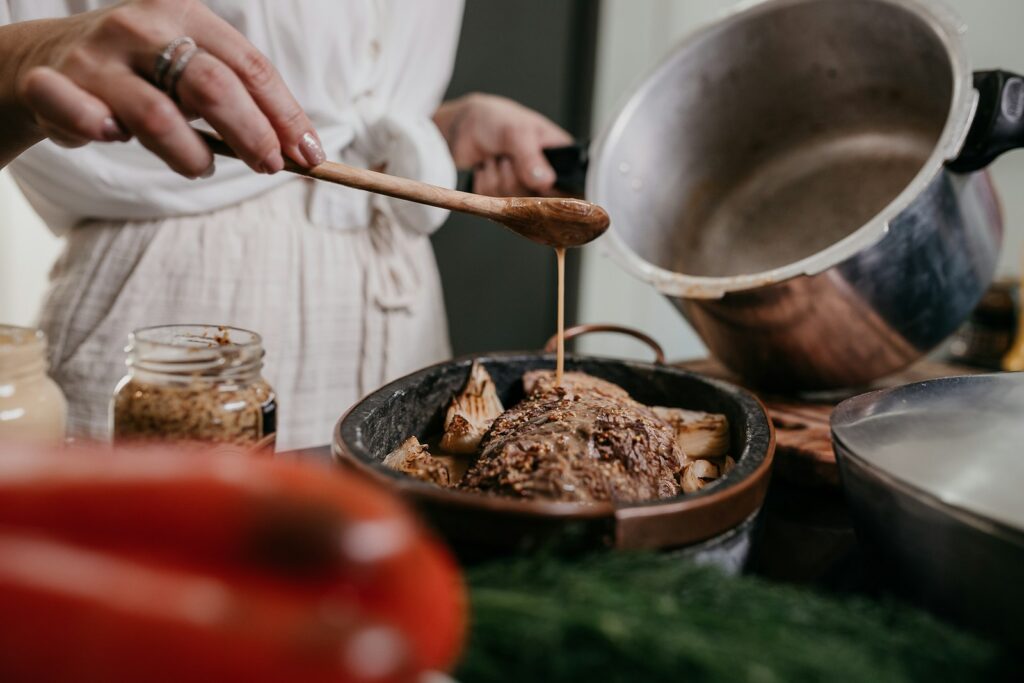
Cooking with whole ingredients need not be time-prohibitive when you employ strategic techniques and appropriate tools. Batch cooking—preparing larger quantities of base ingredients like beans, grains, and roasted vegetables during less busy times—creates a foundation for quick meals throughout the week. One-pot meals, sheet pan dinners, and slow cooker or pressure cooker recipes maximize efficiency by minimizing active cooking time and cleanup. Strategic food preparation, such as washing and chopping vegetables immediately after shopping, removes barriers to weeknight cooking and extends ingredient freshness.
Investing in quality kitchen tools that align with your cooking style can dramatically reduce preparation time; a sharp chef’s knife, food processor, and high-speed blender are particularly valuable for whole foods cooking. Creating a personal “convenience food” collection—homemade frozen meals, pre-portioned ingredients, or partially prepared components—provides healthy alternatives to commercial processed options during especially busy periods.
Navigating Social Situations and Family Preferences

Maintaining unprocessed eating habits in social contexts requires thoughtful navigation and occasionally flexible boundaries. When dining out, research restaurant options in advance, looking for establishments that emphasize fresh, whole ingredients and scratch cooking—many chefs take pride in these approaches and highlight them in their marketing. For social gatherings at others’ homes, offering to bring a dish ensures at least one unprocessed option will be available, while communicating dietary preferences respectfully when necessary helps hosts accommodate your choices.
Transitioning families to whole foods cooking often works best as a gradual process, perhaps beginning with familiar meals prepared using unprocessed ingredients before introducing entirely new dishes. Children more readily accept dietary changes when involved in the process—inviting them to help select produce, participate in preparation, and offer feedback creates investment in the new approach. Remember that perfect adherence isn’t necessary; maintaining a primarily unprocessed diet while allowing occasional flexibility supports long-term sustainability better than rigid restrictions.
Managing Cost Considerations
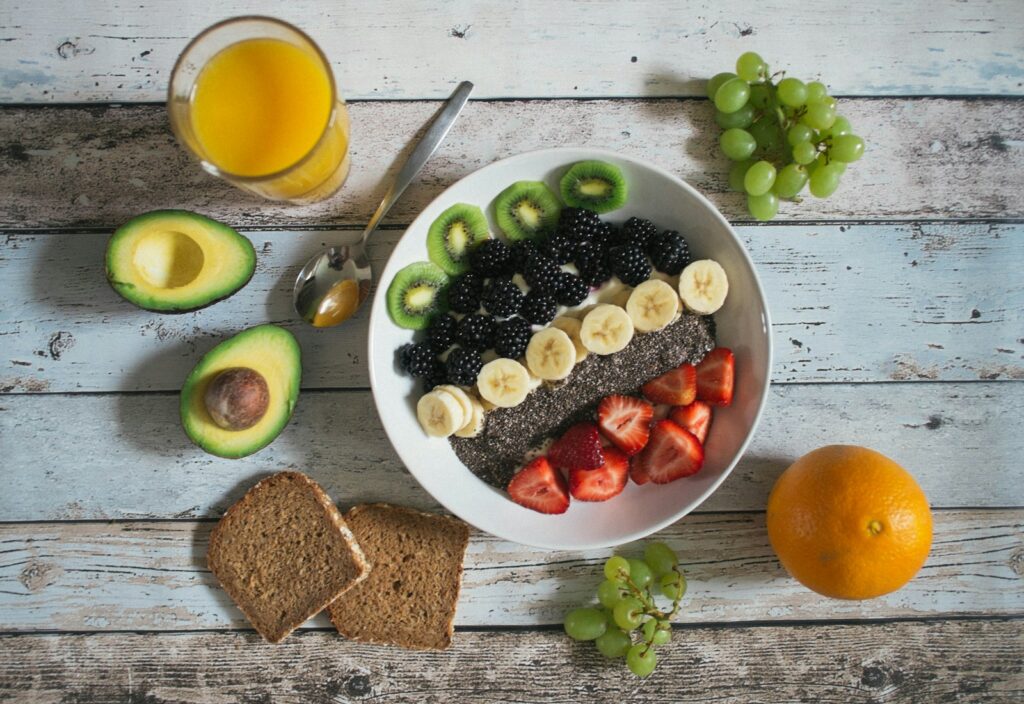
Contrary to common perception, cooking with unprocessed ingredients can be economically competitive with processed-food diets when approached strategically. Buying seasonal produce maximizes nutritional value while minimizing cost, as items in peak season are typically most abundant and affordable. Purchasing certain shelf-stable items like grains, legumes, and nuts in bulk significantly reduces per-unit costs, particularly from co-ops or stores with bulk bin sections.
Strategic protein selection—incorporating more plant-based proteins and using animal proteins as flavor components rather than center-of-plate ingredients—reduces one of the most expensive aspects of food budgets. Minimizing food waste through careful storage, creative use of leftovers, and utilizing traditionally discarded parts (like vegetable trimmings for stock) stretches food dollars substantially. When prioritizing quality for certain ingredients, consider the concept of “strategic splurging”—investing in items where quality differences are most noticeable while economizing on others.
Preserving Seasonal Abundance
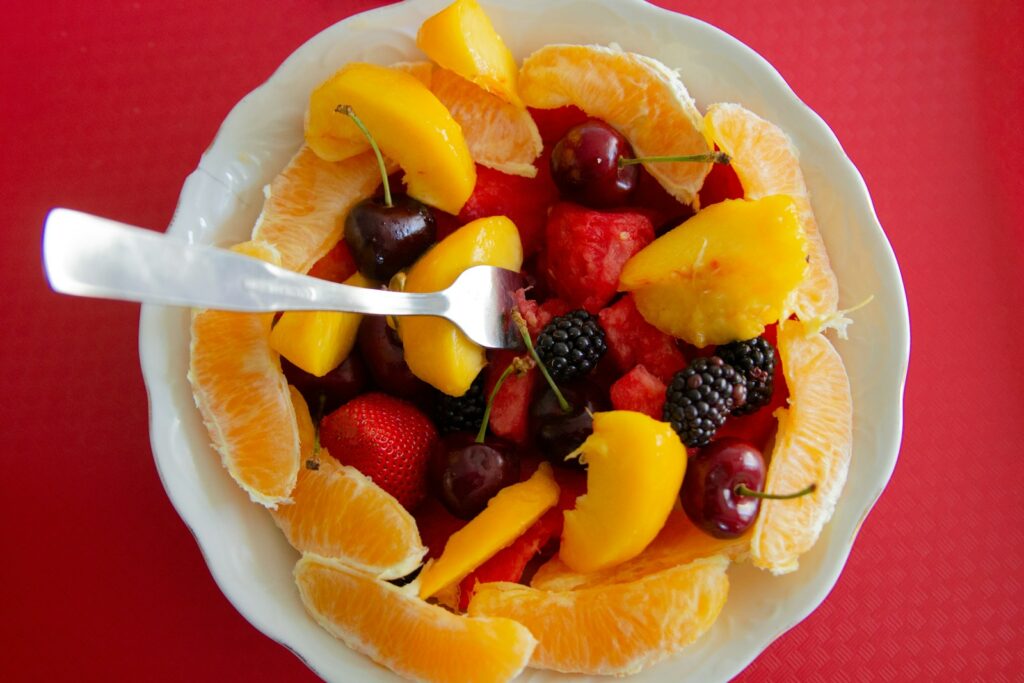
Food preservation techniques allow you to extend the availability of seasonal, unprocessed ingredients throughout the year without relying on commercial processing. Freezing stands as perhaps the most accessible preservation method, requiring minimal equipment while retaining nutrients effectively—blanching vegetables briefly before freezing maintains texture and color. Dehydrating fruits, vegetables, and herbs concentrates flavors while creating shelf-stable ingredients perfect for snacking or rehydrating in cooking.
Fermentation not only preserves food but enhances nutritional value through beneficial bacterial action, creating versatile ingredients like sauerkraut, kimchi, and preserved lemons that add complex flavors to meals. Water bath canning provides a method for preserving high-acid foods like tomatoes, pickles, and fruit preserves, while pressure canning safely preserves low-acid foods including beans and stocks. Learning these traditional preservation techniques connects modern cooks with ancestral wisdom while providing practical solutions for year-round unprocessed eating.
Creating Flavorful Food Without Additives

Developing deep, satisfying flavors without processed flavor enhancers requires understanding and implementing fundamental culinary techniques. Building flavor begins with selecting quality ingredients at their peak freshness, which naturally contain more intense taste compounds than their out-of-season counterparts. The technique of layering aromatics—sautéing onions, garlic, celery, carrots, and other flavor-building vegetables as the foundation for many dishes—creates complexity without artificial additives.
Proper seasoning throughout the cooking process, rather than solely at the end, allows salt to perform its function of enhancing and unlocking flavors within ingredients. Herbs and spices contribute aromatic compounds that transform simple ingredients into vibrant dishes; understanding which to add early (woody herbs like rosemary) versus late (delicate herbs like basil) maximizes their impact. Umami-rich whole ingredients—mushrooms, tomatoes, seaweed, aged cheeses, and fermented foods—provide the satisfying depth often sought from processed flavor enhancers like MSG.
Adapting Family Favorites and Cultural Dishes
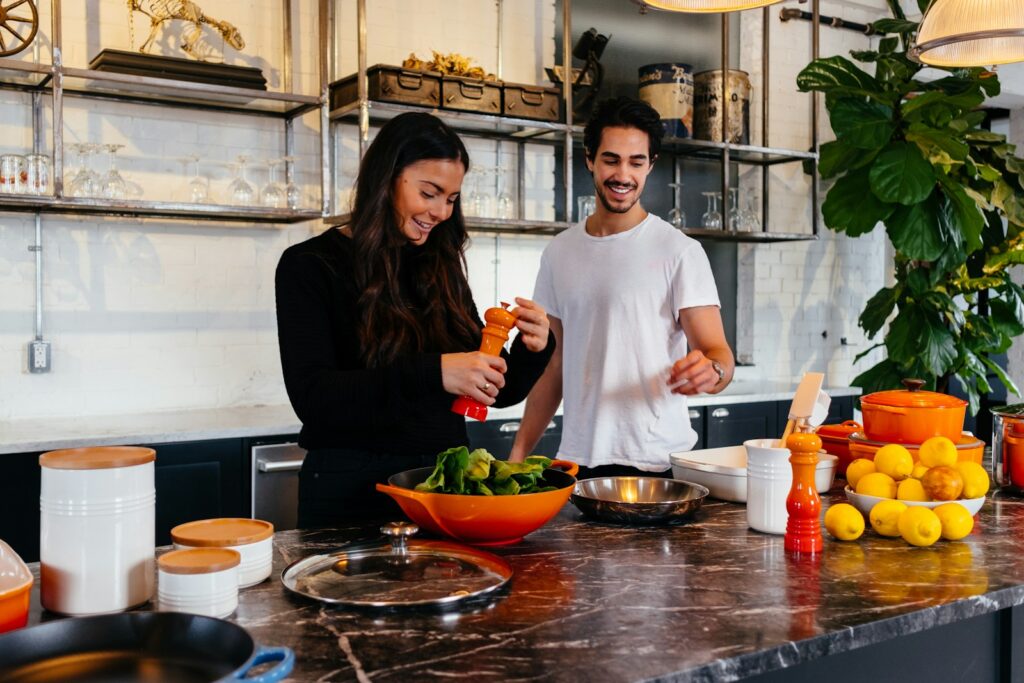
Reimagining beloved recipes with unprocessed ingredients allows you to honor culinary traditions while aligning with whole foods principles. Begin by analyzing family recipes to identify processed components that can be replaced—commercial cream soups might become béchamel made with whole milk and flour, while packaged seasoning mixes can be recreated with individual herbs and spices. Cultural dishes often have traditional versions predating modern processed ingredients; researching these original preparations frequently reveals techniques using whole foods that deliver authentic flavors.
When adapting recipes, focus first on maintaining familiar flavor profiles and textures rather than creating exact replicas, which helps ease the transition for those accustomed to the original versions. Documenting your successful adaptations creates a valuable personal resource of “translated” recipes that preserve food memories while supporting health goals. Remember that some adaptations may require several attempts to perfect, but the process itself builds valuable cooking intuition that extends beyond individual recipes.
Embracing the Mindset Shift

Successfully transitioning to cooking without processed ingredients involves not just new techniques but a fundamental shift in how we relate to food and cooking. Reframing kitchen time as an investment in health and wellbeing, rather than a chore to be minimized, transforms the experience from obligation to opportunity. Cultivating patience during the learning process acknowledges that developing new skills takes time—celebrate incremental progress rather than expecting immediate perfection.
Connecting with food’s origins through gardening (even if just herbs on a windowsill), farm visits, or conversations with producers builds appreciation for the true value of ingredients beyond their monetary cost. Practicing mindfulness during meal preparation and consumption enhances satisfaction with simpler foods, as attention to texture, flavor, and aroma reveals the natural complexity of whole ingredients. The most sustainable approach embraces progress over perfection, recognizing that each unprocessed meal represents a positive choice regardless of what came before or follows after.
The Power of Cooking Without Processed Ingredients
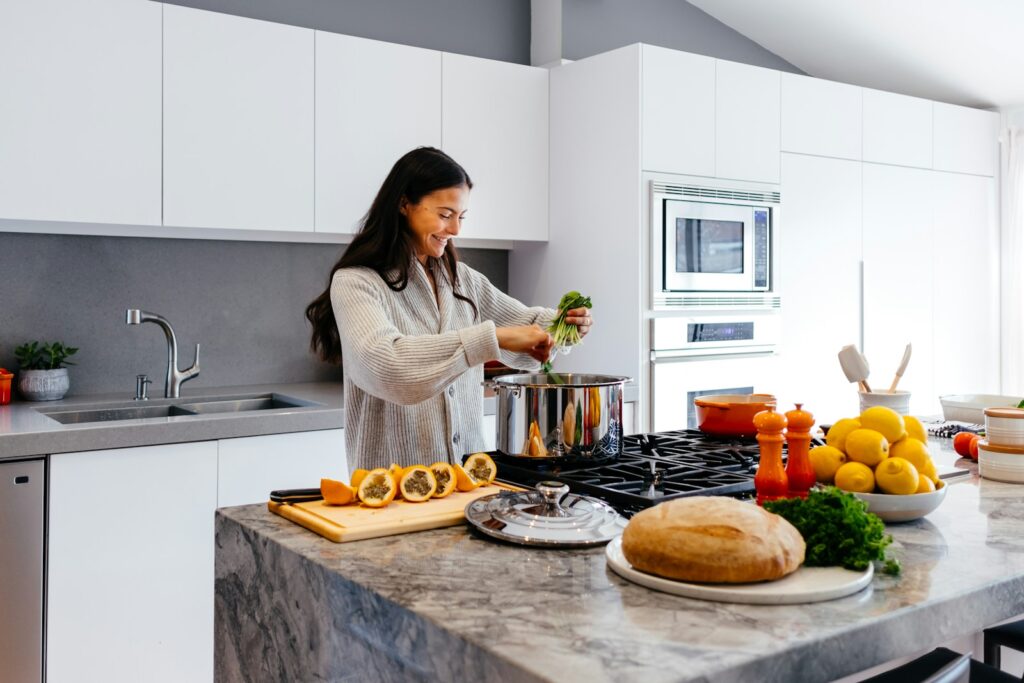
Cooking without processed ingredients represents more than just a dietary choice—it’s a reconnection with food in its most authentic form. By embracing whole ingredients, we not only enhance our physical wellbeing but also rediscover the cultural and sensory richness that processed foods often obscure. The journey toward unprocessed cooking unfolds gradually, with each small change building toward significant transformation. As you continue exploring this approach, remember that the goal isn’t perfect adherence to strict rules, but rather a flexible, joyful relationship with food that honors both tradition and health.
The rewards—vibrant flavors, improved wellbeing, environmental benefits, and the satisfaction of fundamental cooking skills—make the initial learning curve well worth navigating. Through patience, creativity, and community, cooking without processed ingredients becomes not a restriction but a liberation—an opportunity to experience food as nature intended.

